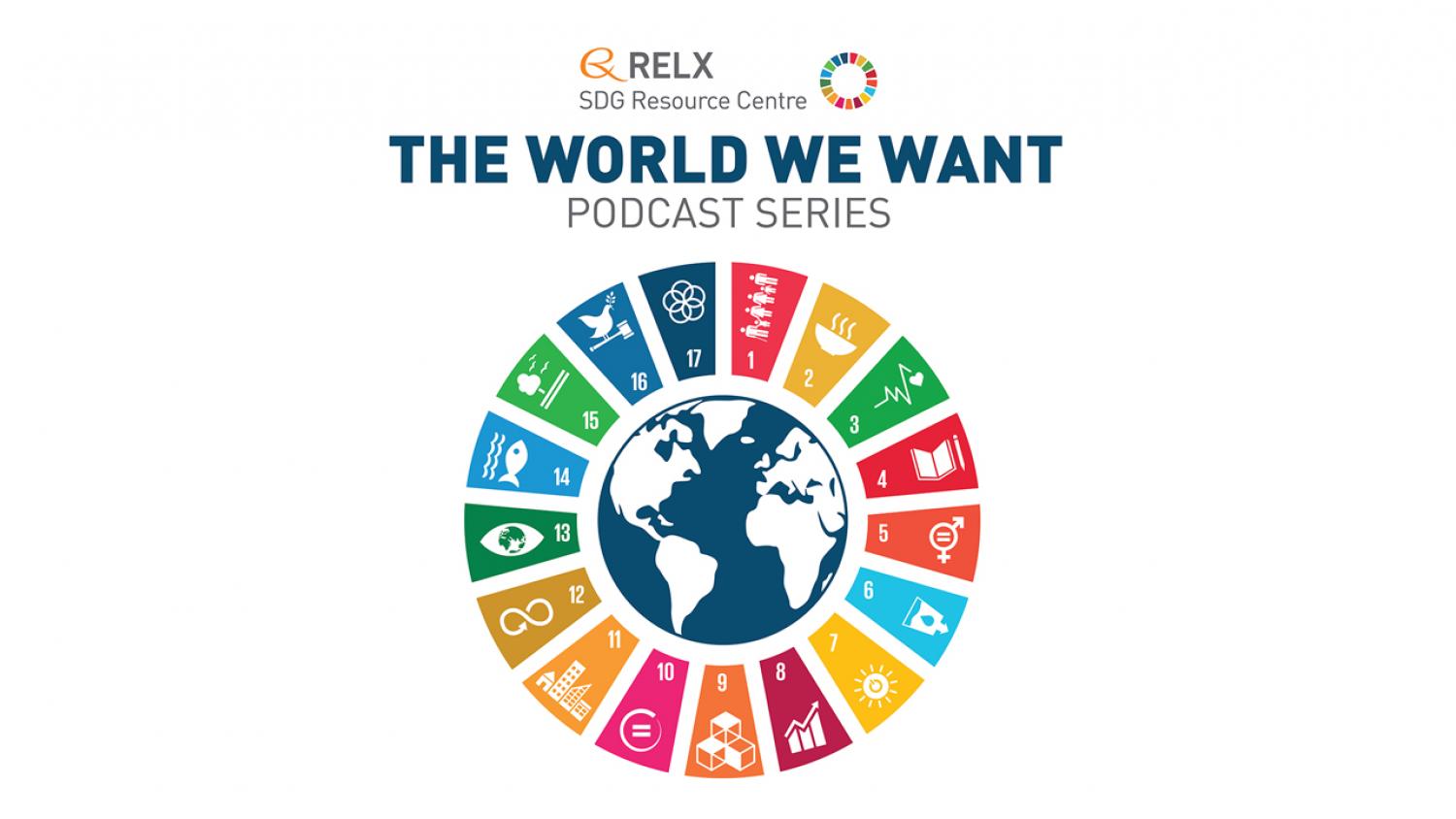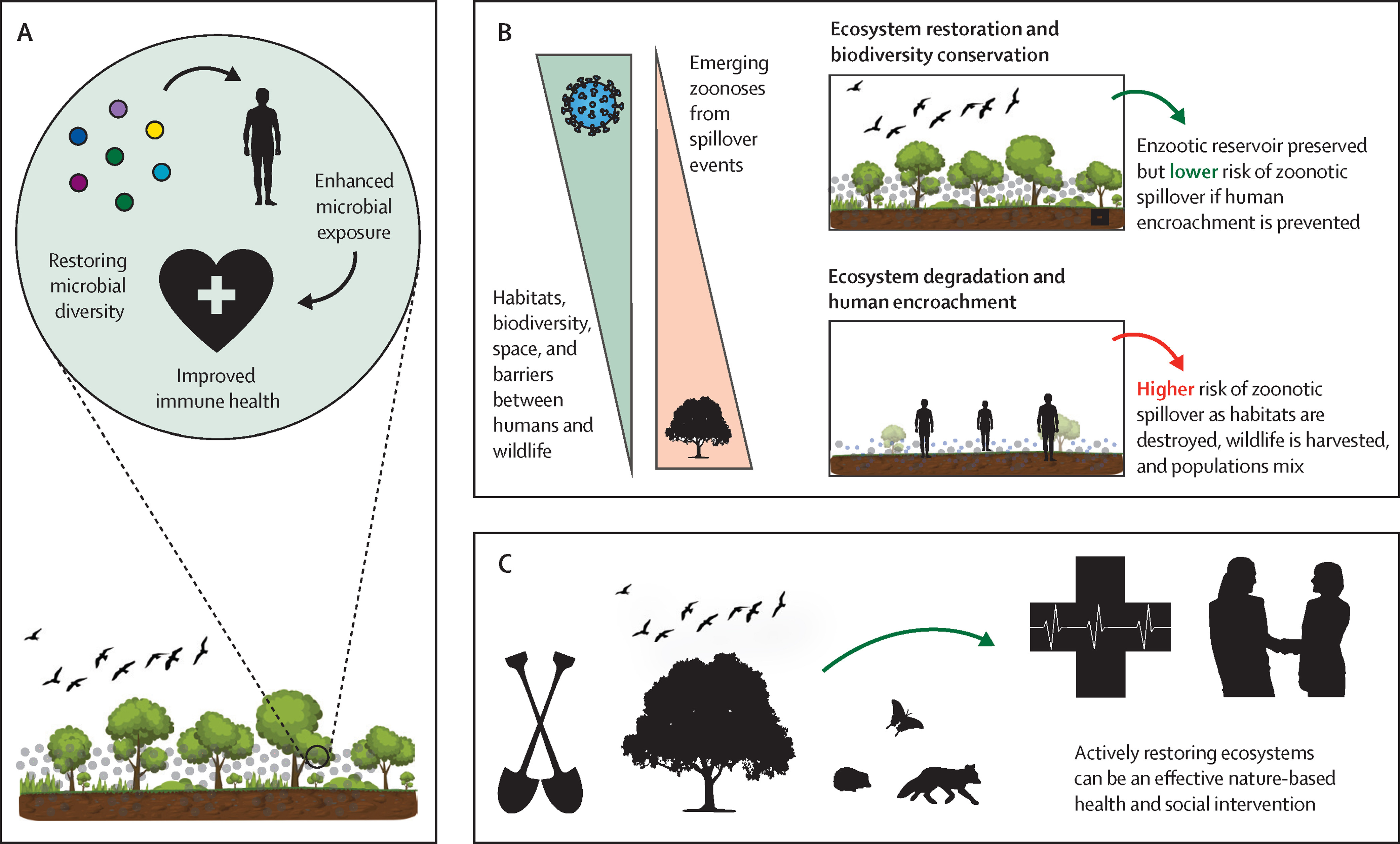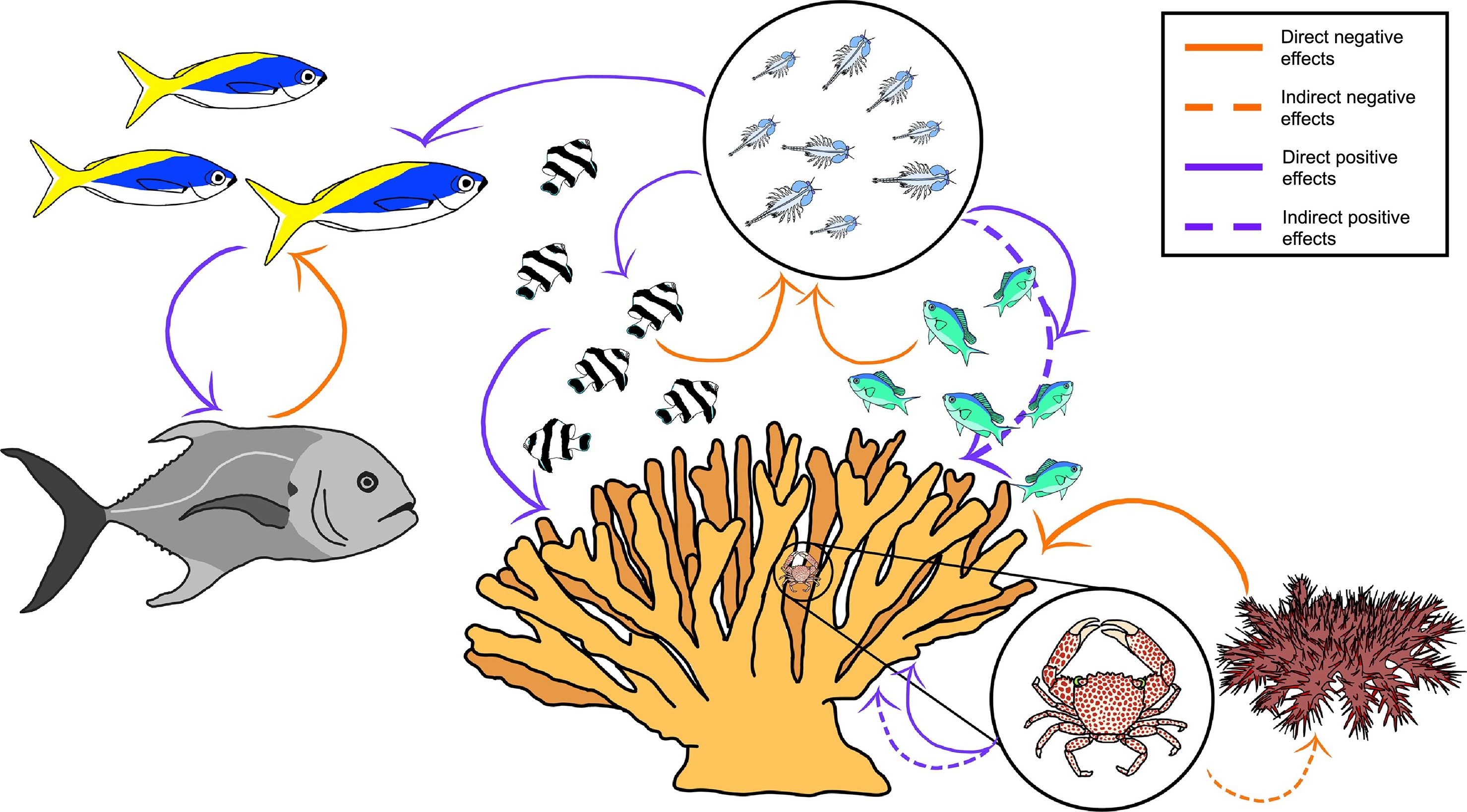Ecosystem restoration is an imperative action designed to revitalize and recuperate degraded, damaged, or destroyed ecosystems and habitats, returning them to a state where they can sustainably support both nature and people. This process involves the active management of an environment to reestablish its ecological integrity, resilience, and functionality, thus leading to a balanced coexistence of fauna, flora, and humans. In the broader spectrum of global agendas, ecosystem restoration intertwines deeply with the United Nations' Sustainable Development Goals (SDGs) - a set of 17 interconnected objectives that aim to address global challenges, including poverty, inequality, environmental degradation, peace, and justice. By enhancing nature's capacity to cater to human needs and by fostering a symbiotic relationship between man and environment, ecosystem restoration directly and indirectly influences several SDGs.
For instance, consider SDG 15: "Life on Land." This particular goal emphasizes the protection, restoration, and promotion of sustainable use of terrestrial ecosystems, combat desertification, and halt land degradation and biodiversity loss. Ecosystem restoration stands as a pivotal strategy to achieve this goal, as rejuvenating forests, grasslands, and wetlands can enhance biodiversity, improve water quality, and increase carbon sequestration. Similarly, SDG 6, which emphasizes clean water and sanitation, is also underpinned by the principles of ecosystem restoration. Wetlands, when restored, act as nature's own water treatment facilities, filtering pollutants and ensuring the availability of clean freshwater.
Moreover, ecosystem restoration has intricate linkages with SDG 1 and SDG 2, which stress the elimination of poverty and hunger, respectively. Healthy ecosystems like forests and fisheries are foundational to the livelihoods of billions worldwide. By restoring these ecosystems, we are not just preserving flora and fauna but are also ensuring that people, especially those in vulnerable situations, have a consistent source of income and food. Furthermore, SDG 13, which revolves around climate action, is bolstered by ecosystem restoration. Forests, peatlands, and mangroves, when revived, act as carbon sinks, absorbing more carbon dioxide than they emit, thus playing a significant role in mitigating climate change impacts.
The synergy between ecosystem restoration and the SDGs goes beyond individual goals. It represents a holistic approach to global sustainability, emphasizing the interdependence of environmental, social, and economic aspects of development. To truly harness the potential of ecosystem restoration in achieving the SDGs, there's a need for concerted efforts, inclusive partnerships, and continuous knowledge sharing. Policymakers, scientists, communities, and businesses must collaboratively champion for the rejuvenation of our ecosystems, recognizing that it is not just an environmental agenda, but a fundamental strategy to create a more equitable, prosperous, and sustainable world for all.
Restoration thinking provides a new paradigm for charting a bold future that prevents further loss of biodiversity and habitat destruction, avoids catastrophic climate change, and promotes the well-being and safety of all people. Ten paths guide actions to restore and care for Earth and all its living creatures.
Ecology plays a central role in the management and conservation of ecosystems. However, as coral restoration emerges as an increasingly popular method of confronting the global decline of tropical coral reefs, an ecological basis to guide restoration remains under-developed. Here, we examine potential contributions that trophic ecology can make to reef restoration efforts. To do so, we conducted a comprehensive review of 519 peer-reviewed restoration studies from the past thirty years.
Bivalve habitats were once a dominant ecosystem in temperate and subtropical estuaries worldwide. While bivalve habitats are greatly reduced from their former abundance, remnant, and restored populations have been shown to provide a suite of important ecosystems services including improving water quality, coastal protection, and providing fisheries nursery habitat, in addition to providing a direct food value.



